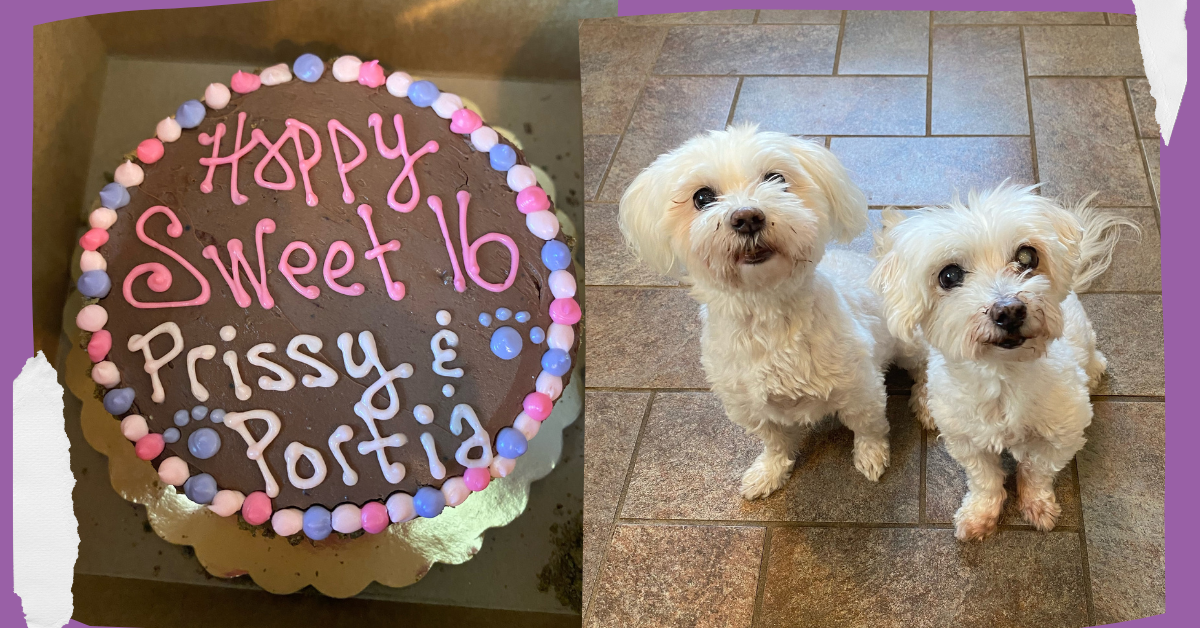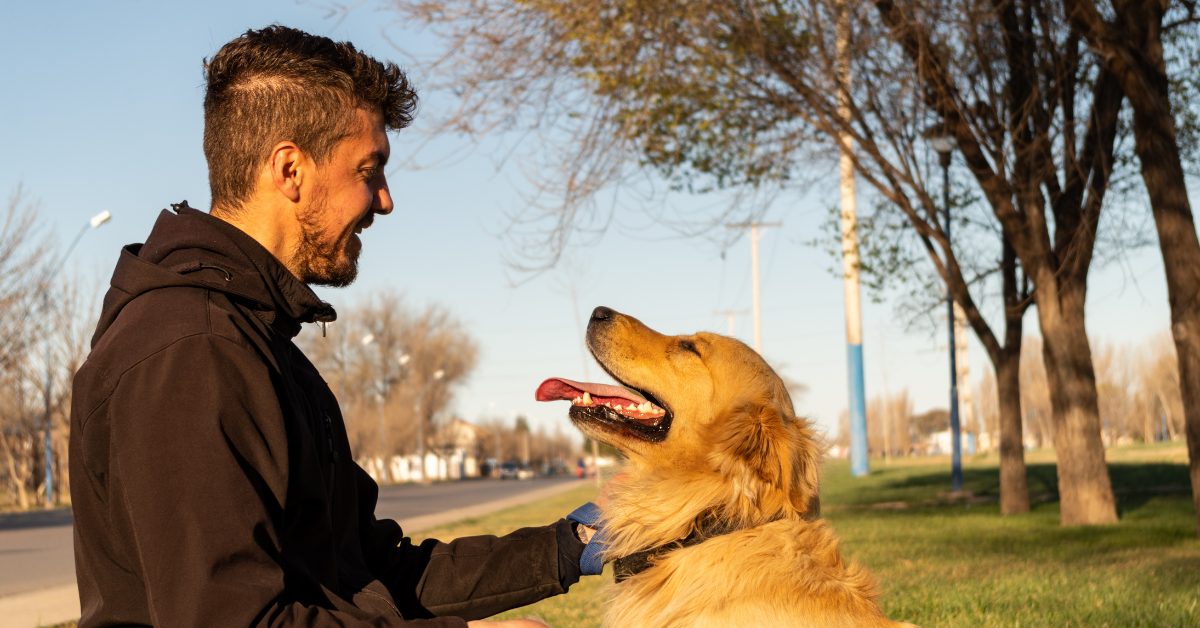
The answer to that question, I’ve learned the hard way, is always yes! Which isn’t to say that our dogs are out to bite down on any human in sight! Rather, it is something to be especially aware of in the age of pandemic pets.
The second week in April is Dog Bite Prevention Week. So, let’s talk about ways to minimize or prevent a bite wound.
Dogs have a limited number of mechanisms to communicate to humans when they are uncomfortable. Most of their cues are nonverbal and humans aren’t always well versed in the language. Once they move to growling, the typical follow-up (if that doesn’t work) is a snap or lunge or a bite.
The American Veterinarian Medical Association has some helpful tips on how to avoid dog bites. And as someone who has had a hand and a hip chomped on, I recommend all new dogs be approached with the possibility that they might not be interested in interacting with you. Communication with the owner is always my first step.
Now, a few stats and some tips.
Stats
- 85 miliion dogs in the US
- 4.5 million people are bit by a dog each year
- Illinois is one of the top 10 states reporting dog bites in 2020
- Average pay out for a dog bite insurance claims in 50k
- March 2020 was the highest rate of any month last year of bites
Tips
So, let’s start by tackling that last stat. Experts feel that the disruption of the pandemic brought on a great deal of stress for both dog and owner. That stress and disruption to routine created more situations for bites. And, the fear is that as restrictions ease and more activities outside the house increase, the potential for another round of increased bites is possible.
How do we prevent bites?
We turn to the National Dog Bite Prevention Coalition for advice:
- Make sure your pet is healthy. Sick or injured pets are more likely to bite. If your pet hasn’t seen a vet for a while, it might be a good plan to set up a visit.
- Go slow. Start small with short durations of time. Ease them into new situations that are low stress and reward good behavior.
- Get outside for leash training. Let your dog to do more socializing, slowly.
- Carefully begin increasing the amounts of time together with other canine friends (consider a pack adventure walk with Floofins & Co. staff).
- Ask permission from the owner before approaching a dog.
Other Recent Blog POsts

Celebrating The Original Floofins’ Sweet 16
July 24, 2024
Emergency Planning for Your Home & Pet
July 18, 2024
Beyond the Blurry Phone Pic: Schedule Professional Pet Photos Instead
July 10, 2024
Keeping Chicago Pets Safe on the Fourth of July
July 1, 2024
Why Floofins & Co. Leads the Pack
June 26, 2024
